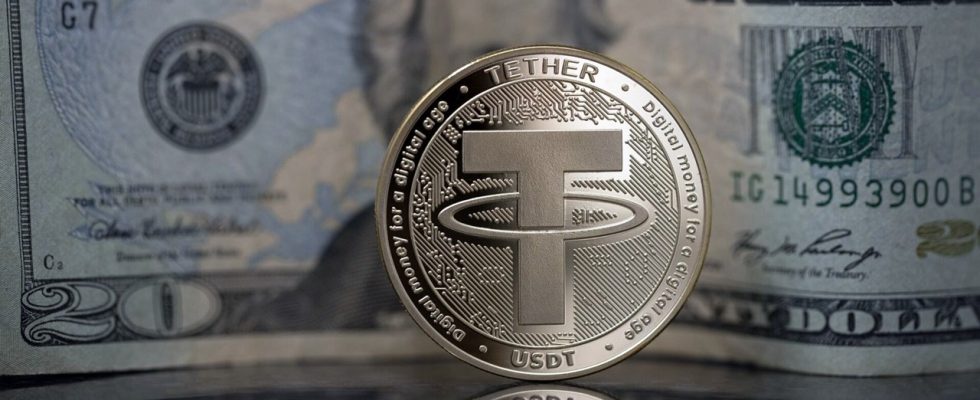Tether, the issuer of the popular stablecoin USDT, continued to provide loans in USDT to its customers despite its commitment to stop this practice by the end of 2023. This statement comes from the company’s latest quarterly financial update, which showed an increase in the issuance of such loans and raised questions about Tether’s transparency and financial stability. Here are the details…
Tether continues to provide loans
As of June 30, Tether reported $5.5 billion in outstanding loans, a significant increase from the $5.3 billion recorded in the previous quarter. This unexpected expansion of lending activities stands in stark contrast to Tether’s public statement in December 2022, in which the company committed to reducing the secured loans in its reserves to zero by the end of this year.
Tether spokesperson Alex Welch confirmed the recent loans and shed light on the company’s reasoning. Welch said, “In the second quarter of 2023, we received several short-term loan requests from our customers with whom we have developed long-term relationships, and we decided to meet these requests.” said. According to Welch, the primary reasons behind these loans were to prevent clients from running out of liquidity and to help clients avoid selling their collateral at potentially unfavorable prices. However, he emphasized that Tether plans to completely eliminate these loans by 2024.
What do the reports indicate?
The Wall Street Journal’s report on Tether’s loan extension sparked debate about the company’s transparency and the nature of its secured loans. Tether had previously claimed that all of its loans were over-collateralized by liquid assets. However, quarterly financial reports lack details on the composition of these assets, leaving questions about whether cryptocurrencies are included as collateral. The latest report reveals that most of Tether’s assets are in the form of U.S. Treasury bills and other highly liquid assets, with Treasury bills accounting for approximately $55.8 billion of the company’s reserves. Precious metals and Bitcoin make up a significant portion of their assets, with approximately $3.3 billion and $1.7 billion respectively.

Tether’s failure to provide a comprehensive balance sheet in its quarterly reports fueled concerns, particularly as it claimed to have accrued more than $3.3 billion in excess reserves. These concerns are exacerbated by ongoing scrutiny from regulators and critics. In response to the Wall Street Journal’s report, Tether released a statement claiming that traditional financial institutions are failing to meet the needs of their customers and unfairly focusing on Tether. The company argued that it maintained significant reserves to mitigate potential risks from its secured loans and that its practices were consistent with customer interests.
The company follows a different path
Tether’s decision to continue lending has created uncertainty in the cryptocurrency community. While the company follows a different path from its previous commitment, stakeholders and investors are closely watching how this situation will develop and whether Tether can regain confidence in the market. This development raises important questions about transparency and accountability in the cryptocurrency industry and highlights the need for clearer standards and regulations to ensure the stability of stablecoin issuers such as Tether. While Tether navigates these challenges, the cryptocurrency market remains on edge, awaiting further updates on the company’s financial practices and the implications they may have for the broader crypto ecosystem.
To be informed about the latest developments, follow us Twitter’in, Facebookin and InstagramFollow on . Telegram And YouTube Join our channel.
